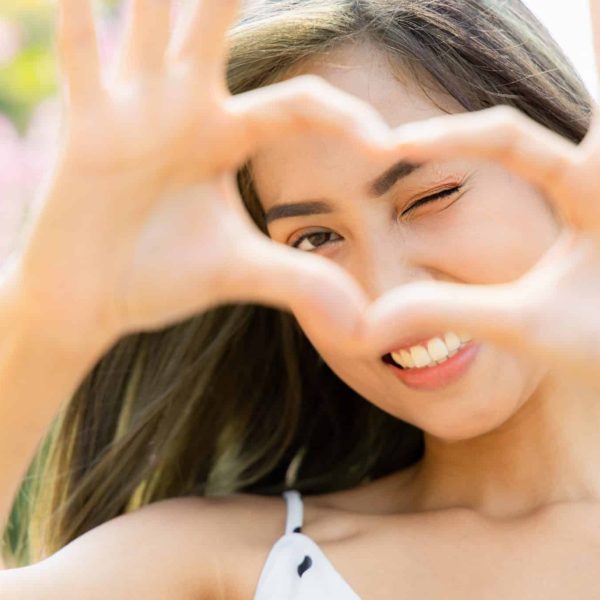-
How does it feel?
Parsley is a perennial plant from the carrot family, Umbelilferae, native to the Eastern Mediterranean but is now naturalised throughout Europe. It can grow to heights of 1 meter and forms rosettes of bright green tri-pinnate leaves with numerous leaflets. The flowers form characteristic umbels from the top of the plants stem. The whole plant produces a pungent, slightly bitter scent that is transferred to the plants taste.
-
What can I use it for?
The essential oil present in parsley contains apiole which is responsible for the majority of the plants medicinal activity. Apiole has demonstrated relaxant effects upon the nervous system, particularly within the digestive tract. Apiole also stimulates the urinary tract and the kidneys, acting as an effective tonic and diuretic. Parsley is a natural source of Vitamin C, and can support an underactive immune system.
-
Into the heart of parsley
 The medicinal uses of parsley are indicated primarily within the urinary tract and the kidneys. It is an effective diuretic, encouraging the elimination of excessive water and toxic heat from the body. The stimulating properties of apiole also indicate parsley in conditions such as kidney stones and jaundice, where the flow of blood and bile is in some way inhibited, influencing the buildup of inflammation within the urinary tract.
The medicinal uses of parsley are indicated primarily within the urinary tract and the kidneys. It is an effective diuretic, encouraging the elimination of excessive water and toxic heat from the body. The stimulating properties of apiole also indicate parsley in conditions such as kidney stones and jaundice, where the flow of blood and bile is in some way inhibited, influencing the buildup of inflammation within the urinary tract.Parsley also stimulates a delayed menses and the production of breast milk; however, its strong stimulation of the uterus makes it contra-indicated in early stages of pregnancy.
Parsley will calm an over-active digestive system, acting as an anti-spasmodic and relieving symptoms such as flatulence, colic and digestive spasms.
Urinary and kidney
Indicated in toxic heat and inflammation seated within the urinary tract and kidneys and in conditions such as kidney stones, jaundice and excess fluid retention.
Digestive
Indicated where there is pain and muscle cramping within the digestive tract, relieving nervous based indigestion, flatulence and colic.
Female reproductive
Parsley is a stimulant to the uterus, encouraging a delayed or absent menses. Also acts as an emmenagogue, encouraging breast milk production during breast-feeding.
-
Traditional actions
Herbal actions describe therapeutic changes that occur in the body in response to taking a herb. These actions are used to express how a herb physiologically influences cells, tissues, organs or systems. Clinical observations are traditionally what have defined these actions: an increase in urine output, diuretic; improved wound healing, vulnerary; or a reduction in fever, antipyretic. These descriptors too have become a means to group herbs by their effects on the body — herbs with a nervine action have become the nervines, herbs with a bitter action are the bitters. Recognising herbs as members of these groups provides a preliminary familiarity with their mechanisms from which to then develop an understanding of their affinities and nuance and discern their clinical significance.
-
Traditional energetic actions
Herbal energetics are the descriptions Herbalists have given to plants, mushrooms, lichens, foods, and some minerals based on the direct experience of how they taste, feel, and work in the body. All traditional health systems use these principles to explain how the environment we live in and absorb, impacts our health. Find out more about traditional energetic actions in our article “An introduction to herbal energetics“.
Western energetics
-
Did you know?
The essential oil present in parsley is a photo-sensitiser and can increase an individual’s sensitivity to light when consumed in high quantities.
Additional information
-
Safety
Caution with diuretics, Lithium, Warfarin. Serum levels of medications may be increased as herb inhibits several cytochrome liver enzymes.
-
Dosage
Tincture: 1-2ml three times daily (1:5, 40%).
Dried: 1-2 teaspoons of dried herb per cup of boiling water.
External uses: A poultice or fomentation for conjunctivitis, mastitis, swollen breasts, bruises, sprains, insect bites & stings. Lotion for skin problems including acne & eczema.




























 The medicinal uses of parsley are indicated primarily within the urinary tract and the kidneys. It is an effective diuretic, encouraging the elimination of excessive water and toxic heat from the body. The stimulating properties of apiole also indicate parsley in conditions such as kidney stones and jaundice, where the flow of blood and bile is in some way inhibited, influencing the buildup of inflammation within the urinary tract.
The medicinal uses of parsley are indicated primarily within the urinary tract and the kidneys. It is an effective diuretic, encouraging the elimination of excessive water and toxic heat from the body. The stimulating properties of apiole also indicate parsley in conditions such as kidney stones and jaundice, where the flow of blood and bile is in some way inhibited, influencing the buildup of inflammation within the urinary tract.




